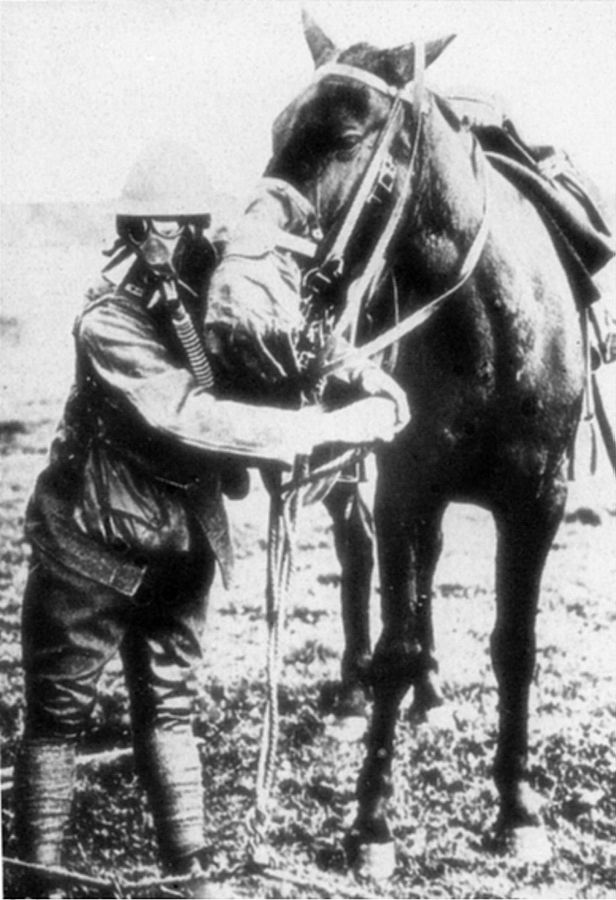HOME
The Impact of the Horse – The Natural Horseman
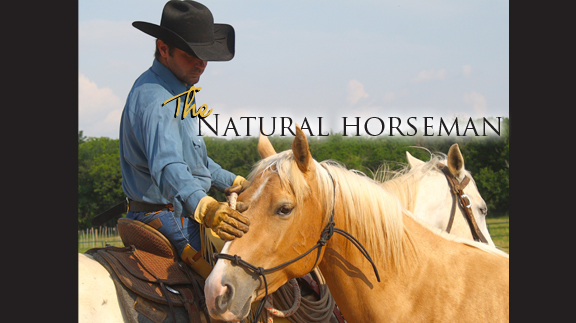
By Steve Stevens
We have had over 6,000 years of history with the horse domesticated and around a hundred with the automobile. What if the horse had not existed? How would the West have been won and our great country explored? We can always go deeper and talk about civilizations being built and conquered. The horse is a symbol to so many of healing, strength, partnership and freedom.

Bhimbetka rock painting showing man riding on horse, India. https://commons.wikimedia.org/wiki/File:Bhimbetka_rock_paintng1.jpg
(licensed under the Creative Commons Attribution-Share Alike 3.0 Unported license. Subject to disclaimers.)
Can you imagine watching a western without a horse? John Wayne comes bolting out of the canyons of Monument Valley on an ox or a cow. Ben-Hur’s chariot pulled by some giant goats. Alexander the Great conquering the world on the back of an emu. You get my point. Eight million horses died in the first World War alone. That’s not counting every other skirmish and battle since the horse has been domesticated.
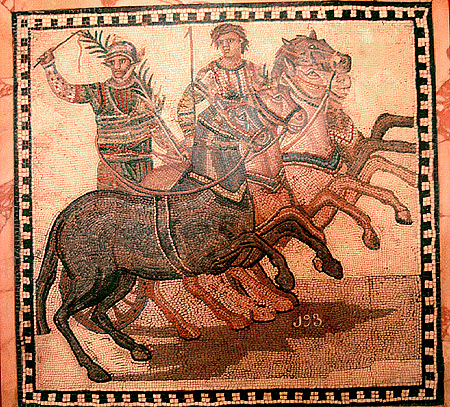
A winner of a Roman chariot race, from the Red team. https://en.wikipedia.org/wiki/Chariot_racing#/media/File:Winner_of_a_Roman_chariot_race.jpg (public domain)
What other animal has given more to the survival of man? I train horses for people, who in general, want to ride around in their pasture or arena, go on a trail ride or do an obstacle challenge. Most of the cattle ranchers I know use four wheelers these days. They certainly don’t go exploring and settling new worlds on the horse anymore. I know the horse has transitioned more for a means of entertainment for the human, but the horse can still be seen being used to search for people in places that can’t be reached by vehicle, used for wellness and healing, and can be found on some ranches gathering cattle and checking fence.
Unfortunately, the human masses don’t think they have the need for our most noble creature like they once did. What I have seen the horse do personally for people is to heal from loss, build confidence where none was before, and give some humans purpose. In the state of the world where many children would rather play on an IPad then go outside and play…In the United States, where the rate of obesity and health issues are growing at an alarming rate.
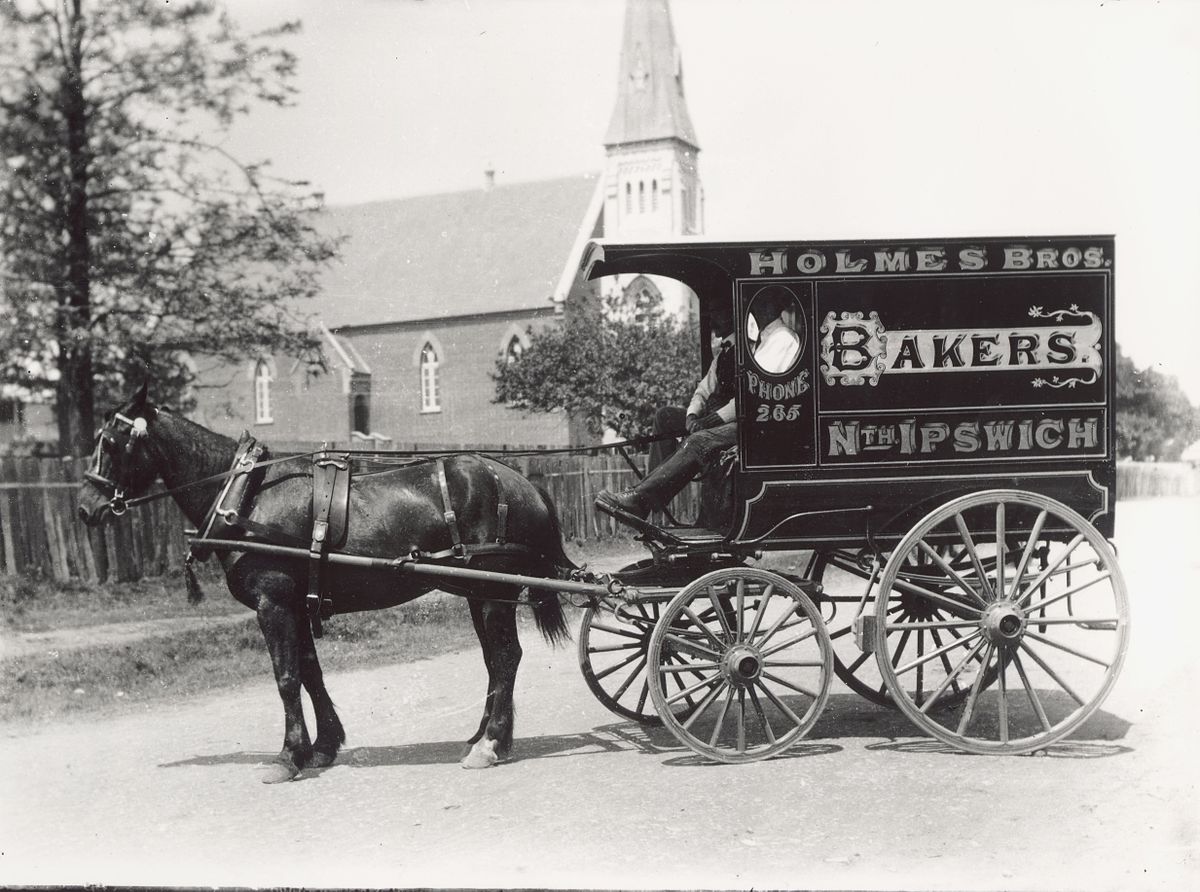
A bakery delivery wagon in Queensland, Australia. https://en.wikipedia.org/wiki/Wagon#/media/File:Baker%27s-van-r.jpg
(public domain)
Where we are divided over religion and politics more than ever? Maybe we need the horse as much now than ever before. The horse unites people. Gives them hope and treats each human as an equal. They don’t judge us. They could care less if we are rich, handsome, ugly or weak. They just want our comfort and leadership. Maybe, just maybe, if we listened and studied the horse we could grow more as humans and as a society. Every time I ride or am around a horse, I never want to forget what the horse has given to mankind or what their potential is for future generations. Special thanks to a friend who sent me a great video on the horse this morning that inspired me to write this week’s column.
HOME
Farm and Ranch Injuries
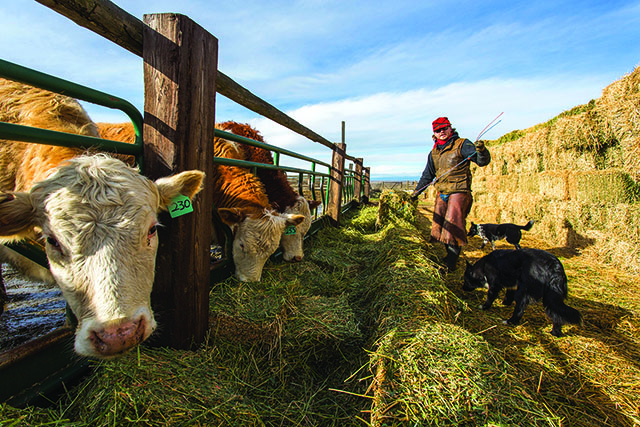
By Barry Whitworth, DVM
In January, I attended the Oklahoma Veterinary Conference. While waiting for one of the sessions to start, a classmate of mine commented how many of the attendees walk with a limp, used a cane, and/or have damaged hands. We all agreed that working with animals is hard on the body. In general, anything associated with farming and ranching is dangerous.
Most farmers and ranchers know that agriculture is a dangerous occupation. According to United States Bureau of Statistics, workers involved in agriculture, forestry, and fishing had the highest occupational fatality rate in 2022. The fatality rate of 23.5 per 100,000 full-time equivalent (FTE) workers for this group is much higher when compared to the overall occupation fatality rate of 3.7 per 100,000 FTE. Most of the agriculture-related fatalities are associated with transportation, such as tractor overturns, and vehicle crashes, but a fair number involve livestock.
To read more, pick up a copy of the March issue of NTFR magazine. To subscribe by mail, call 940-872-5922.
HOME
Jesses Jewelz

By Jesse Kader
Comfy and keep it western. That’s the name of the game this month. It’s hot and who wants clingy clothing? This jumpsuit is perfectly comfortable and relaxed without forfeiting the fashion. Dress it up or keep it casual. See this and more at www.jessesjewelz.com.
HOME
Noble Research Institute Expands New Program Offering Farmers and Ranchers the Essentials of Regenerative Ranch Management
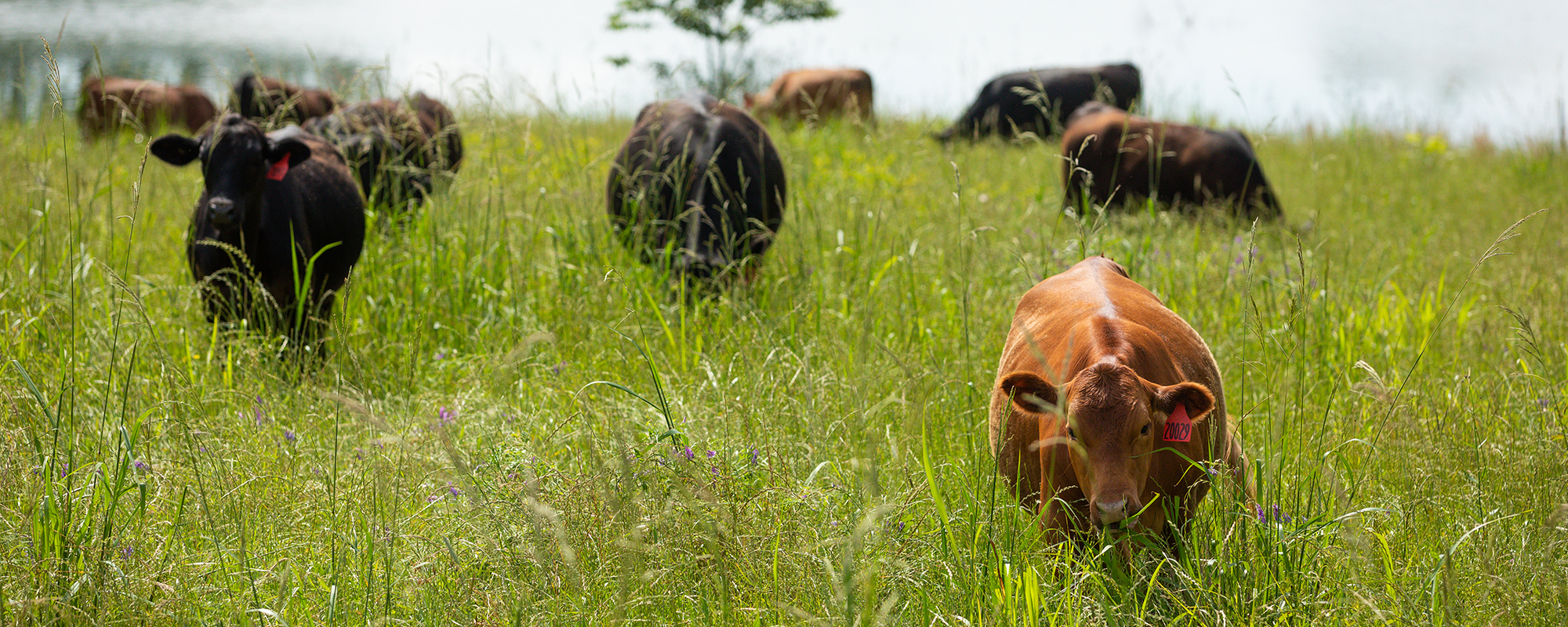
The educational program has been expanded to three new locations, empowering ranchers and farmers to monitor and improve the health of their land, livestock and livelihood through regenerative principles.
ARDMORE, OK–September 12, 2023 – Noble Research Institute announced the expansion of Essentials of Regenerative Ranching, a new educational program designed to help ranchers enhance and restore the land, making it more resilient and reaching livestock grazing goals through regenerative management. Essentials of Regenerative Ranching provides producers with practical tools, hands-on experience and guidance to make data-driven decisions to decrease costs and improve profit.
The Essentials of Regenerative Ranching course has been expanded to three new locations in Texas and Oklahoma. Registration is open now at www.noble.org/essentials. Seating is limited, so early registration is recommended.
Texas A&M
College Station, Texas
October 17 – 18
O.D. Butler, Jr. Animal Science Complex
Noble Research Institute
Ardmore, Oklahoma
October 31 – November 1
Pavilion Center
Texas A&M
Kingsville, Texas
November 7-8
Caesar Kleberg Wildlife Center
“Program participants gain working knowledge and experience of monitoring and improving the health of their soil, grazing livestock more strategically and making informed financial decisions,” said Hugh Aljoe, Noble Research Institute’s director of ranches, outreach and partnerships. “We use a mix of classroom and field work to send producers home with the tools they need to begin making changes on their ranch.”
Farmers and ranchers navigate uncertainty from weather, fluctuating market prices and escalating costs of inputs. Many producers are seeking new tools that offer greater control and reduce their operational uncertainty. Through this course, ranchers and farmers will calculate their financial situations, determine initial stocking rates, carrying capacity and grazing goals.
“The course is well-suited for ranchers of all experience levels and all types and sizes of operations,” Aljoe added. “No matter your situation, this program will transform the way you think about your ranch.”
The Essentials of Regenerative Ranching program allows producers to overcome obstacles, become more informed problem-solvers and increase the productivity of their grazing lands. By participating in this program, ranchers join a community of like-minded producers who are shaping the future of ranching and leaving a lasting impact on their land and families. “If I had known what I learned in this course when I started my regenerative journey, I could have avoided some key mistakes,” said Tana McCarter, a rancher, and Essentials attendee. “I left with the tools I needed to monitor my soil health and financial progress. I’ll now have the right data to make informed decisions on how to meet my regenerative goals.”
Noble Research Institute is an independent nonprofit agricultural research organization dedicated to guiding farmers and ranchers in applying regenerative principles that yield healthier soil, more productive grazing land, and business success.
At Noble, researchers, facilitators and ranch staff work together to share with farmers and ranchers the skills and tools to regenerate the land in a profitable manner. Noble is focused on the regenerative management of the nation’s grazing acres, which directly impacts pasture and range environments, wildlife, pecan production, and livestock production. Regenerative management recognizes that each decision made on the ranch impacts the interactions of the soil, plants, water, animals, economics and people. Noble’s 14,000 acres of working ranch lands provide a living laboratory on which to demonstrate and practice regenerative principles and ideas to deliver value to farmers and ranchers across the U.S.
-

 Country Lifestyles1 year ago
Country Lifestyles1 year agoScott & Stacey Schumacher: A Growth Mindset
-

 Equine7 months ago
Equine7 months agoThe Will to Win
-

 Country Lifestyles7 years ago
Country Lifestyles7 years agoStyle Your Profile – What your style cowboy hat says about you and new trends in 2017
-

 Country Lifestyles4 years ago
Country Lifestyles4 years agoAmber Crawford, Breakaway Roper
-

 HOME7 years ago
HOME7 years agoGrazing North Texas – Wilman Lovegrass
-

 Country Lifestyles7 years ago
Country Lifestyles7 years agoDecember 2016 Profile, Rusty Riddle – The Riddle Way
-

 Country Lifestyles8 years ago
Country Lifestyles8 years agoJune 2016 Profile – The man behind the mic: Bob Tallman
-

 Outdoor9 years ago
Outdoor9 years agoButtercup or Primrose?

